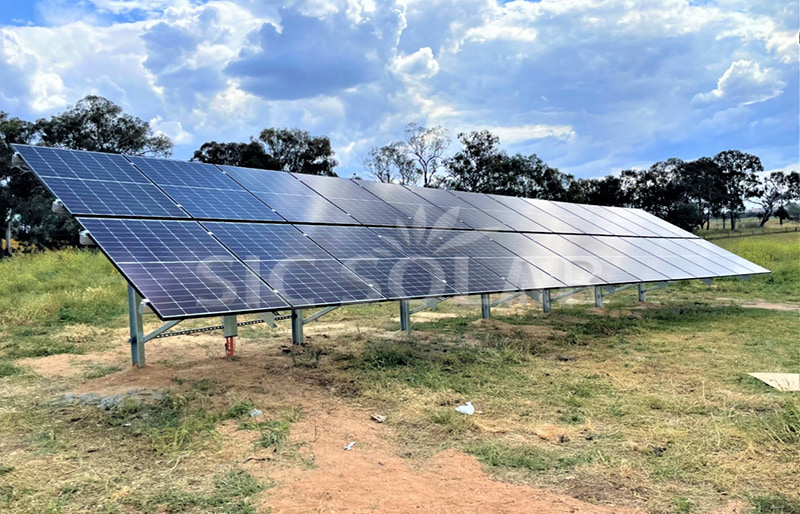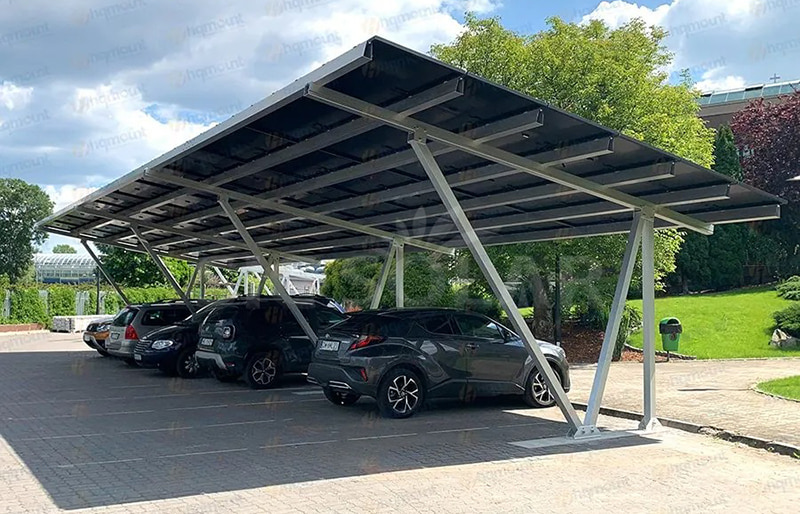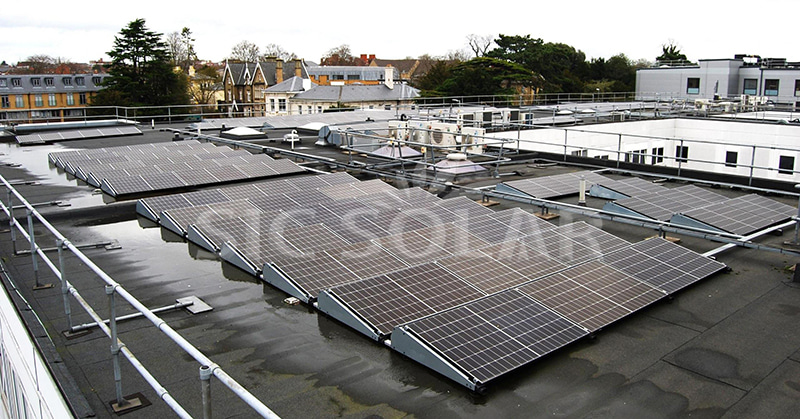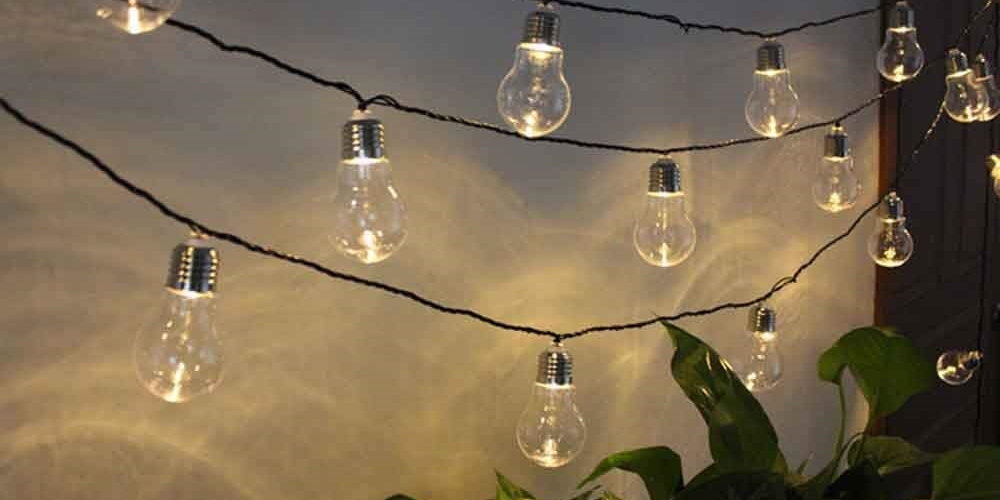As solar technology continues to evolve, new and innovative ways to capture and utilize solar energy are being explored. One such innovation is vertical solar panels, which are changing the way we think about solar installations, particularly in urban environments with limited space. These panels offer several benefits that traditional horizontal panels might not provide.
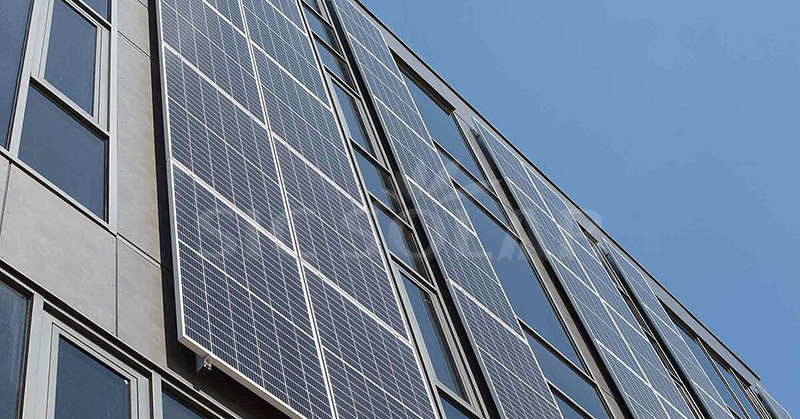
Vertical solar panels are exactly what they sound like – solar panels that are mounted on a vertical surface, such as the side of a building, a fence, or a dedicated structure. Unlike traditional panels, which are installed on rooftops and angled toward the sun, vertical solar panels are positioned upright, facing the sky.
These panels use the same photovoltaic (PV) technology as traditional solar panels but are oriented differently. They are typically mounted in vertical racks or integrated into the architecture of buildings, offering a way to capture solar energy without taking up precious horizontal space. SIC Solar mounting systems can be adapted for both vertical and horizontal installations, providing flexible solutions to meet the unique needs of different projects.
How Do Vertical Solar Panels Work?
Like traditional solar panels, vertical solar panels work by converting sunlight into electricity through the photovoltaic effect. The panels consist of semiconductor materials (usually silicon) that generate electricity when exposed to sunlight. Here’s how they function:
-
Sunlight Exposure: Vertical solar panels capture sunlight, which excites the electrons in the semiconductor material, generating an electric current. However, because they are mounted vertically, they may capture sunlight at different angles and times of day compared to horizontal panels. The amount of sunlight captured depends on the orientation and tilt of the panels.
-
Electricity Generation: The electricity generated by the solar cells is in the form of direct current (DC). This DC electricity is then converted into alternating current (AC) by an inverter, making it usable for homes or businesses.
-
Grid Connection: Once converted to AC, the electricity can be used directly or fed into the power grid, depending on whether the system is connected to the grid or used in an off-grid setup.
Advantages of Vertical Solar Panels
While vertical solar panels may not be suitable for every situation, they offer several key advantages that make them an attractive option, particularly in urban settings.
1. Space Optimization
One of the most significant benefits of vertical solar panels is their ability to maximize space. In urban environments where space is at a premium, installing solar panels on rooftops or ground mounts may not always be feasible. Vertical solar panels can be installed on walls, fences, or facades, making use of unused vertical space. This is especially beneficial for buildings with limited roof space or in places with high population density where land is scarce.
SIC Solar offers flexible mounting solutions that can be customized for both horizontal and vertical installations, allowing users to optimize their space efficiently.
2. Aesthetic Appeal
Vertical solar panels can be integrated seamlessly into the design of a building, especially in commercial or residential properties where aesthetics matter. These panels can be incorporated into the architecture of a building, making them an ideal solution for modern urban environments where solar energy is needed without sacrificing style.
3. Potential for Higher Efficiency in Some Environments
While horizontal solar panels work best when tilted toward the sun, vertical solar panels can actually outperform traditional panels in certain climates. For instance, in areas where the sun is low in the sky during the winter months, vertical panels can capture more sunlight than traditional panels, which might not be able to absorb light efficiently during these times.
Additionally, vertical panels can take advantage of diffused light, which occurs on overcast days when sunlight is scattered in all directions, allowing vertical panels to generate power even when the sky is not fully clear.
4. Reduced Risk of Overheating
Solar panels can become less efficient when they overheat, especially in hot climates. Vertical solar panels, being mounted upright, have better airflow around them, which helps keep them cooler than their horizontal counterparts. This can prevent overheating and ensure that the system runs more efficiently over time.
5. Building Integration
Vertical solar panels can be integrated into the facades of buildings, making them part of the structure itself. This approach is often referred to as building-integrated photovoltaics (BIPV). By embedding solar panels directly into the architecture, they not only provide clean energy but can also replace traditional building materials like windows or cladding, adding another layer of functionality to the building design.
SIC Solar mounting solutions are adaptable to such installations, ensuring that vertical panels are securely anchored while maximizing energy output.
Challenges of Vertical Solar Panels
While vertical solar panels have many advantages, they also come with some challenges.
1. Lower Efficiency in Some Situations
Vertical solar panels might not be as efficient as horizontal panels when it comes to overall energy production. Since they’re oriented at a different angle, they might not capture as much sunlight throughout the day, especially if they face away from the sun. This is why vertical solar panels are often used in conjunction with other renewable energy solutions or where space optimization is a higher priority than maximizing energy output.
2. Higher Initial Cost
Vertical solar panels can be more expensive to install compared to traditional solar panels. The specialized mounting systems required for vertical installations may increase the overall cost of the system. However, this can be offset by the savings on land or roof space, particularly in high-density areas.
3. Limited Application for Residential Use
While vertical solar panels are ideal for commercial buildings or urban environments, they may not be the best option for residential homes, especially in suburban or rural areas where roof space is abundant and solar exposure is optimal.



